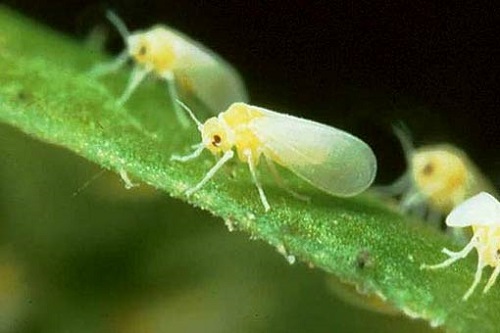 This article will describe the most dangerous seedling pests Tomatoes and methods of dealing with them. It is necessary to fight pests, otherwise they will spoil the bushes so much that you can not dream of a good harvest. Fortunately, in the early stages of the development of pests on tomatoes, you can successfully get rid of them.
This article will describe the most dangerous seedling pests Tomatoes and methods of dealing with them. It is necessary to fight pests, otherwise they will spoil the bushes so much that you can not dream of a good harvest. Fortunately, in the early stages of the development of pests on tomatoes, you can successfully get rid of them.
Of course, in order to understand with whom to fight, the enemy must be known "in person." For this reason, in this article we do not just describe insects, but provide their photographs. As soon as you notice one of the pests over seedlings: immediately begin preventative measures.
Pests of tomato seedlings and methods of control (photo)
Whitefly
It is a butterfly that looks harmless in appearance. But, a beautiful butterfly needs to eat something and she loves tomato juice seedlings especially strongly. Due to the action of the insect, yellow spots appear on the leaves, which constantly become larger. If the butterfly continues to attack the plant, then the leaves dry out and die. In addition to the fact that whitefly is dangerous in itself, it can carry viral diseases, which can also be dangerous for tomato seedlings.
Important! Whitefly lives on the underside of seedlings, so you can only see it after picking up the leaf and turning it over. A characteristic feature - small dust particles of white color appear around the plant.
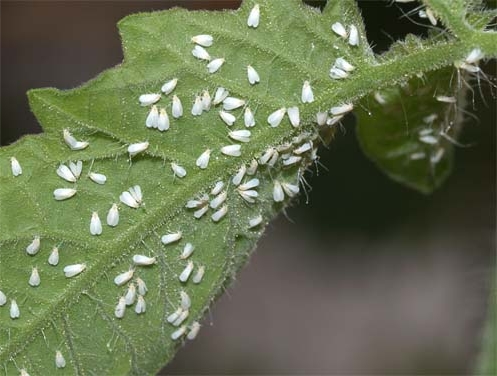
Whitefly, like many other insects, is extremely prolific. It is worth preparing for the fact that the struggle will be long. You can buy the drug "Karbofos" or "Bitoxibacillin" for spraying seedlings. To reduce the number of larvae, it is recommended to spray the lower parts of the leaves with cold water. The soil must be loosened.
Sprout fly
Dangerous pest of tomato seedlings (and methods for dealing with them will be described below). Most often it falls on seedlings when the soil is mixed with humus for planting seeds. At high temperatures, the parasite is activated. Larvae hit seedlings as soon as it breaks through the ground. The eggs of the sprout fly are in the upper layer of the soil, so that overflow of the earth should not be allowed. When picking seedlings, the topsoil is recommended to be completely removed.
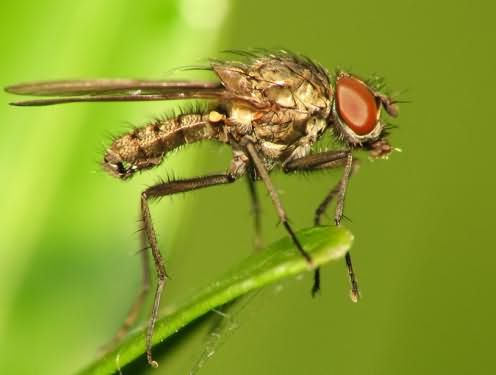
Thrips
Another insect that looks like a butterfly. In length, the butterfly is not more than a millimeter, but dangerous for tomatoes. Moreover, the most dangerous are larvae that feed on the juice of stems and tomato leaves.
A clear sign that seedlings struck - silver spots on the leaves. Often the pest appears on tomatoes due to the fact that the gardener did not disinfect the soil and materials for working with the ground. To cure tomatoes, they need to be sprayed with Fitoverm or just tobacco dust.
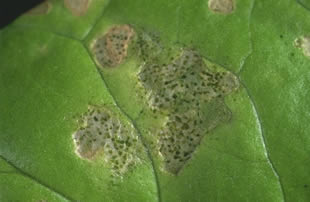
Garden scoop
A species of nocturnal butterfly whose caterpillars like to live on young tomato shoots. Getting rid of the caterpillars is quite simple; you can use insecticides such as Fitoverm, Dendrobacillin. It is important that there are no weeds around tomato seedlings where the caterpillars can live, waiting for the juicy and tasty seedlings of young tomatoes.
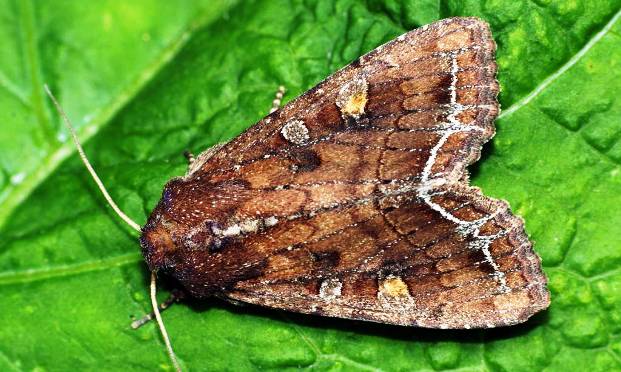
Gourd aphids
Often found on the underside of a tomato leaf in the form of a larva. Larvae feed on tomato juice. Ants indicate that aphids may appear on tomatoes soon. All due to the fact that they feed on the secretions of this plant. Ants even in winter bring aphids to their anthill so that it calmly survives the winter. So, there is no place for anthills in garden plots, especially where tomatoes are grown.Of the drugs for fighting aphids, you can try Fitoverm, Actellik.
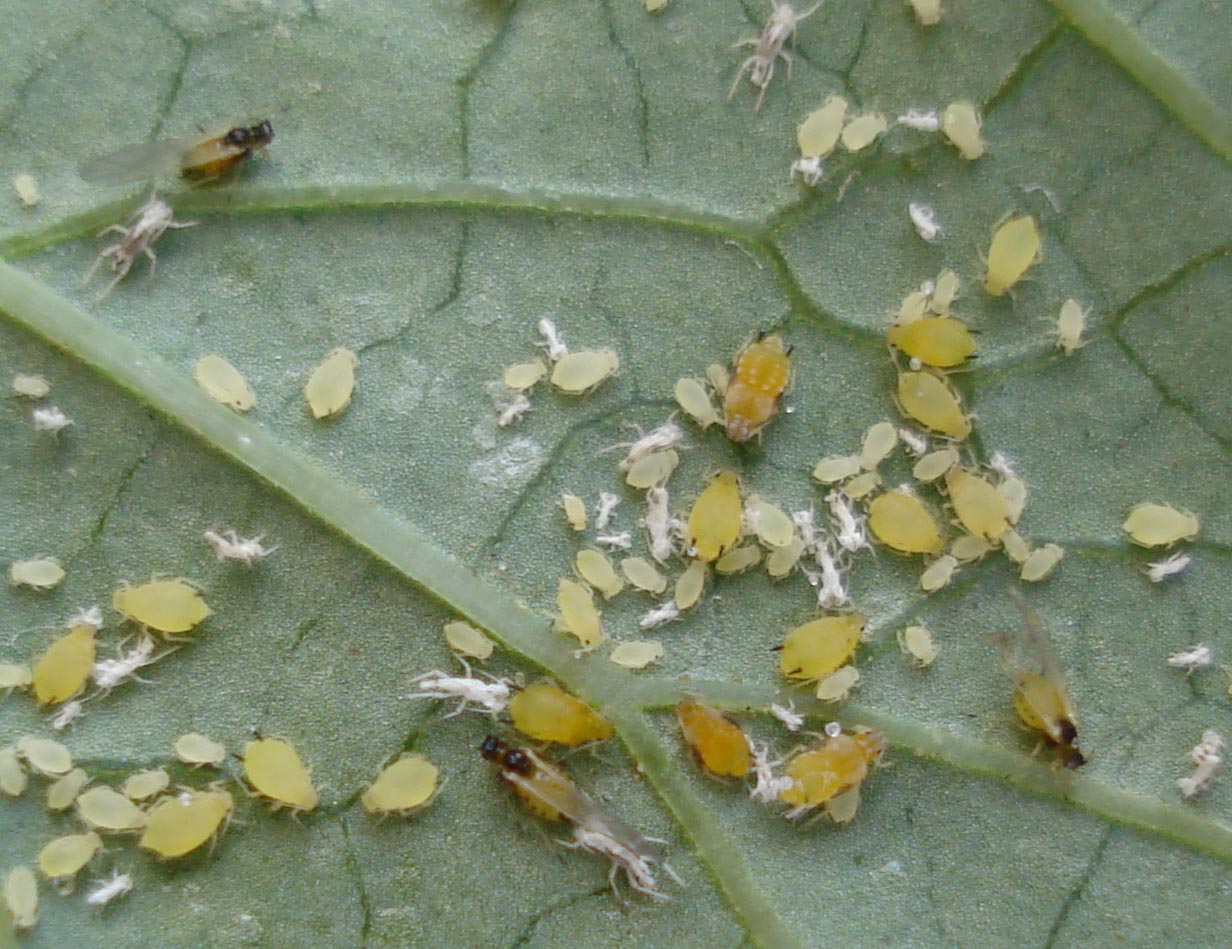
Once again about the methods of struggle
These are the main pests of tomato seedlings and control methods must be carried out necessarily. If you ignore the attack of insects, then you can simply lose the crop. Cope with all the pests will help insecticides, which are sold in stores for gardeners. But chemicals not only kill insects, but are absorbed into the soil and fall into the fruits of tomatoes.
To reduce the likelihood of developing pests on your tomatoes, you must follow all the optimal conditions for their cultivation:
- Temperature and humidity;
- Soil the soil so that the larvae cannot develop in it;
- To apply fertilizers exclusively in the recommended norms;




 Low-growing tomatoes, without pinching: 5 of the most delicious varieties
Low-growing tomatoes, without pinching: 5 of the most delicious varieties Why tomato seedlings grow poorly
Why tomato seedlings grow poorly We grow a tomato in a shell
We grow a tomato in a shell Growing tomatoes without watering according to the method of Kazarin
Growing tomatoes without watering according to the method of Kazarin